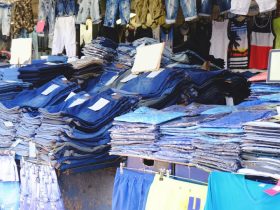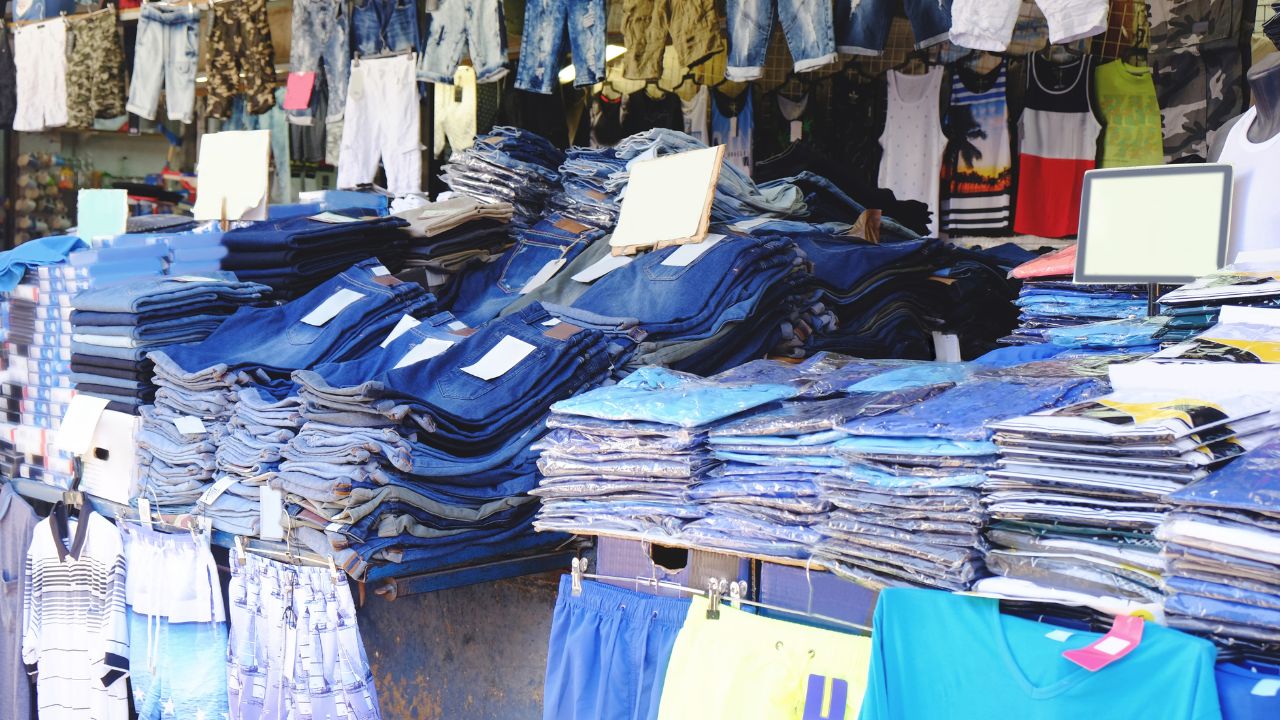Determining the wholesale price for clothing involves understanding your costs, desired profit margins, and market conditions. Here’s a step-by-step guide to help you set an appropriate wholesale price:
1. Calculate Total Cost: First, determine the total cost of producing one unit of your clothing item. This includes:
- Materials Cost: The expense of all the raw materials used in making the clothing item.
- Labor Cost: The wages paid to workers or the cost of your time if producing the clothing yourself.
- Overhead Costs: These include rent, utilities, equipment, marketing, etc. Calculate your monthly overhead costs and divide them by the number of items you produce monthly to find the overhead cost per item.Total Cost = Materials Cost + Labor Cost + Overhead Cost per item
2. Determine Your Desired Profit Margin: A common practice in retail is the keystone markup, where the wholesale price is double the production cost (or a 50% markup). However, the exact markup can vary based on industry, competition, and other factors.
For instance, if you want a 60% profit margin, mark up your total cost by 60%.
3. Calculate Wholesale Price:
Wholesale Price = Total Cost + (Total Cost x Profit Margin)
Using the previous example, if your total cost is $20 and you aim for a 60% profit margin:
Wholesale Price = $20 + ($20 x 0.60) = $20 + $12 = $32
The resulting wholesale price would be $32.
4. Account for Discounts: If offering volume discounts, early payment incentives, or other promotions, factor these into your price to ensure you maintain the desired profit margin.
5. Research Competitors and Market Conditions:
- Examine similar products in the market to see how your price compares.
- Evaluate aspects like brand positioning, product quality, and market demand. If your brand boasts unique features or superior quality, you might charge a premium over competitors.
6. Regularly Review Costs: Prices might change due to raw material cost fluctuations, wage adjustments, or changes in overhead. Regularly review and modify your wholesale prices to account for these changes.
7. Consider Retail Markup: Retailers typically mark up the wholesale price to determine the final retail price. Common retail markups range from 2x to 2.5x the wholesale price. Ensure the resulting retail price aligns with what consumers expect to pay for your product.
By following these steps and frequently assessing the market and your costs, you can effectively calculate and adapt your wholesale clothing prices to ensure both profitability and competitiveness.











Leave a Reply